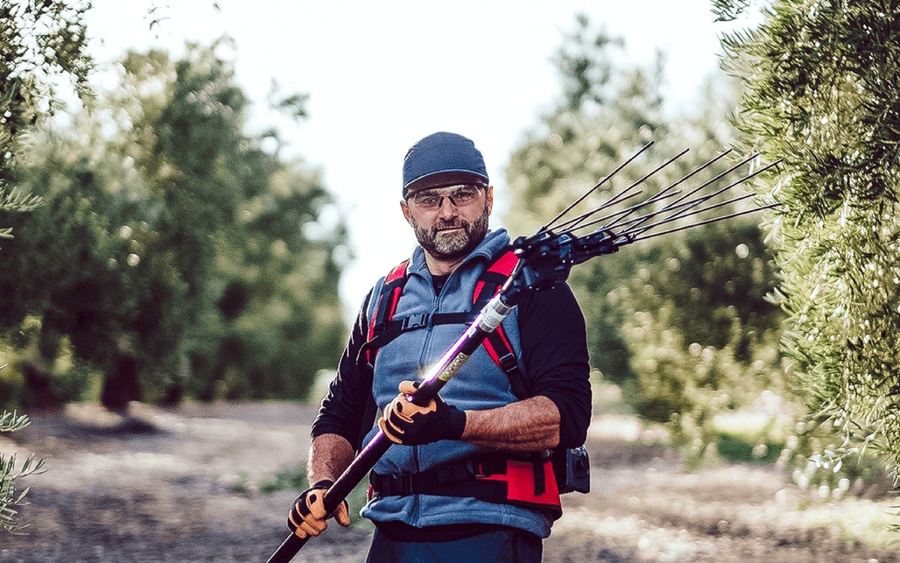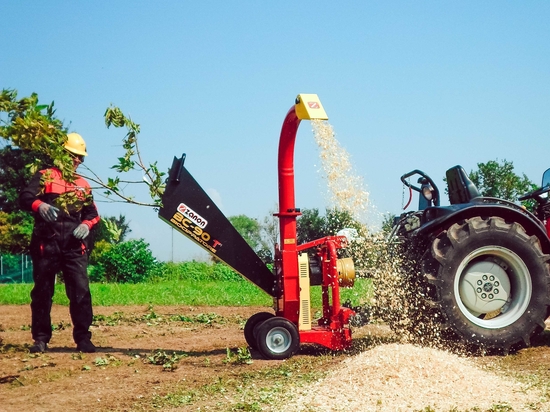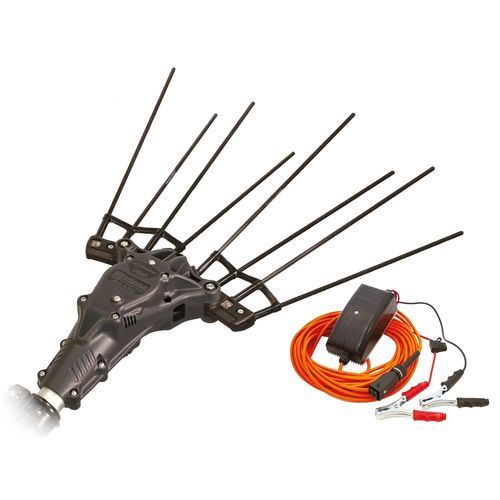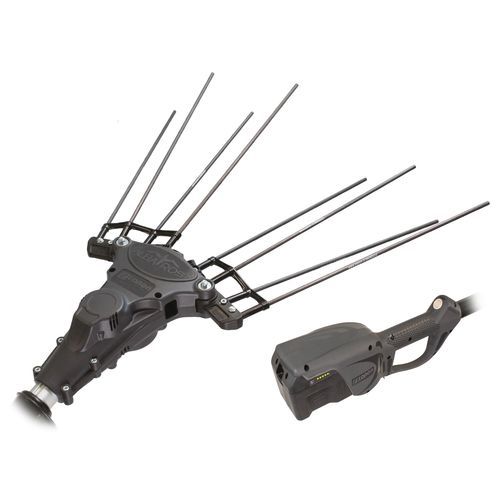
#Farm Machinery & Equipment
Olive harvesting: three different harvesters for all needs
The electronic harvester is the right tool for the olive harvesting season
The olive tree manages to thrive and offer excellent production even in the most extreme situations, such as excessive heat or low rainfall, thanks to its extraordinary adaptability. Proper tillage, pruning and harvesting are key moments on which the productivity and health of any olive grove is based.
In this article, we will delve into the olive harvester, also called olive shaker, a tool to always have on hand when harvest time approaches.
The harvester works by means of a vibrating or rotating movement that is transmitted from the teeth or combs to the head of the tool, shaking the olive branches and causing the olives to fall onto special cloths or nets placed under the canopy. There are different types of harvesters, which differ in their drive system and technical characteristics.
How to use an olive harvester
Using an olive harvester is relatively simple, but requires some care to ensure effective and safe work. Here are some tips:
- Wear appropriate clothing and footwear: protect yourself with gloves, goggles and safety shoes to avoid shocks, scratches and falls.
- Position the tarpaulins or nets correctly: before operating the harvester, make sure to properly lay the tarpaulins or nets under the tree so as to collect all the olives as they fall.
- Turn the harvester on at the right distance: bring the harvester close to the branches without touching them directly, adjusting the speed and intensity according to the type of olives and the tree canopy.
- Move the harvester regularly: make horizontal and vertical movements to shake all the branches evenly, avoiding insisting too long on the same spot.
- Harvest the olives promptly: once picked, the olives should be harvested and processed within a few hours to preserve their quality.
Factors to consider when choosing an olive harvester
When it comes to choosing an olive harvester, it is important to consider several factors:
- Type of power supply: there are electric and pneumatic harvesters. Electric harvesters are lighter and quieter and have an autonomy of a working day depending on the battery used. Pneumatic models need a compressor to operate and are noisy plus the compressor needs fuel to operate
- Engine power: engine power is important depending on the amount of olives to be harvested. For hobby use, a 200-300 watt motor is sufficient, while professional use requires a 500 watt motor or more.
- Type of comb or rod system: there are combs with fixed or flexible teeth, and whip or rake rod systems. Combs with flexible teeth are more suitable for delicate olives, while those with fixed teeth are more robust. Whip rod systems are more versatile, while rake rod systems are more effective for large olives.
- Weight and balance: the harvester must be light and well balanced to be easily handled for long periods.
- Rod length: the length of the rod must be sufficient to reach the tallest olives. There are fixed and telescopic poles.
- Additional functions: some harvesters are equipped with additional functions, speed change and overload protection system.
In addition to the intrinsic characteristics of the harvester, the type of olives, the conformation of the soil and the size of the olive grove are also extremely useful when choosing.
If you have a small olive grove with only a few trees, a light and handy electric model may be sufficient. For larger olive groves, a more professional model is advisable.
If the soil is flat, a model with a fixed pole may be sufficient. If, on the other hand, the soil is hilly or has obstacles, a model with a telescopic pole offers more flexibility.
Zanon has been accompanying farmers in these crucial phases for years and, for this reason, it succeeds in designing professional tools that can concretely facilitate work in the olive grove. Today, in fact, semi-mechanized or mechanized harvesting systems complement the manual one, optimizing the time needed and the productivity of operations. There are several models of harvesters that, while exploiting the same operating principle, have different feeding systems. Among the most popular we find the battery-powered one, which makes electronic harvesters one of the most popular tools.
KARBONIUM PRO: our top-of-the-line electronic harvester
This harvester is part of the PRO electronic line and is specifically designed for professional and intensive use. Suitable for use with any type of olive grove, it is equipped with a powerful 600W-36V brushless motor and provides an especially high harvesting capacity thanks to a number of features, including its surprising light weight and strong, interchangeable carbon rods.
Powering this tool is a powerful DRIVE 1650.S lithium-ion battery characterized by high performance and power.
KARBONIUM-F PRO: quite similar to the high-performance KARBONIUM, it differs in the type of power supply.
This machine, in fact, works with a 33V electronic control unit equipped with 15m of cable and driven by 12V battery. The result is a versatile and effective tool in any situation, even in the thickest of canopies.
ALBATROS PRATIK: the wireless evolution of one of our flagship models
Designed to be practical and lightweight, it enables remarkable performance with significant savings in energy and effort. In fact, the correct balance between tool and battery ensures optimal weight distribution while providing a secure grip with maximum mastery.
Powering this tool is the PRATIK lithium-ion battery.
Explore our range of harvesters to see all the options available!







